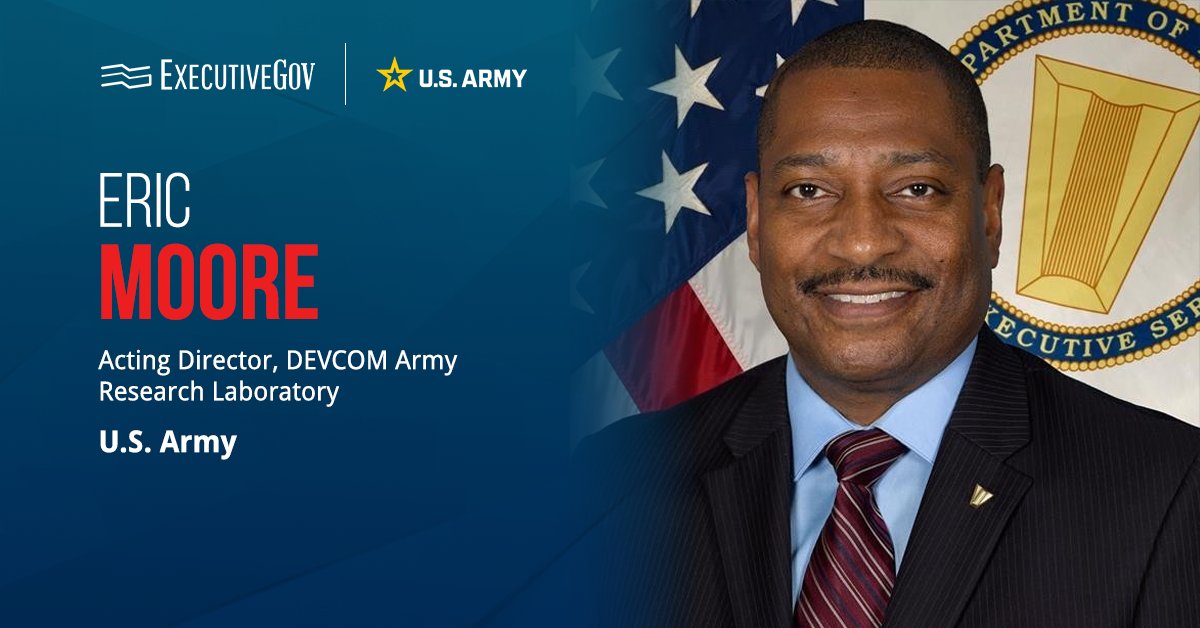 NASA has confirmed Jody Singer, a 33-year agency veteran, as the director of the Marshall Space Flight Center .
NASA has confirmed Jody Singer, a 33-year agency veteran, as the director of the Marshall Space Flight Center .The space agency said Friday Singer will oversee the installation’s civil service and contractor workforce and annual budget of $2.8B.
She recently served as Marshall’s acting director when Todd May retired from the agency in July.
NASA Administrator Jim Bridenstine said Singer’s management experience in the past three decades will help Marshall launch missions returning and staying in the Moon.
The new Marshall director previously worked for the Space Shuttle Program for 25 years, administering the production and performance of the shuttle’s propulsion elements.
Singer also held deputy roles for the Ares program and the introduction of the Space Launch System.





